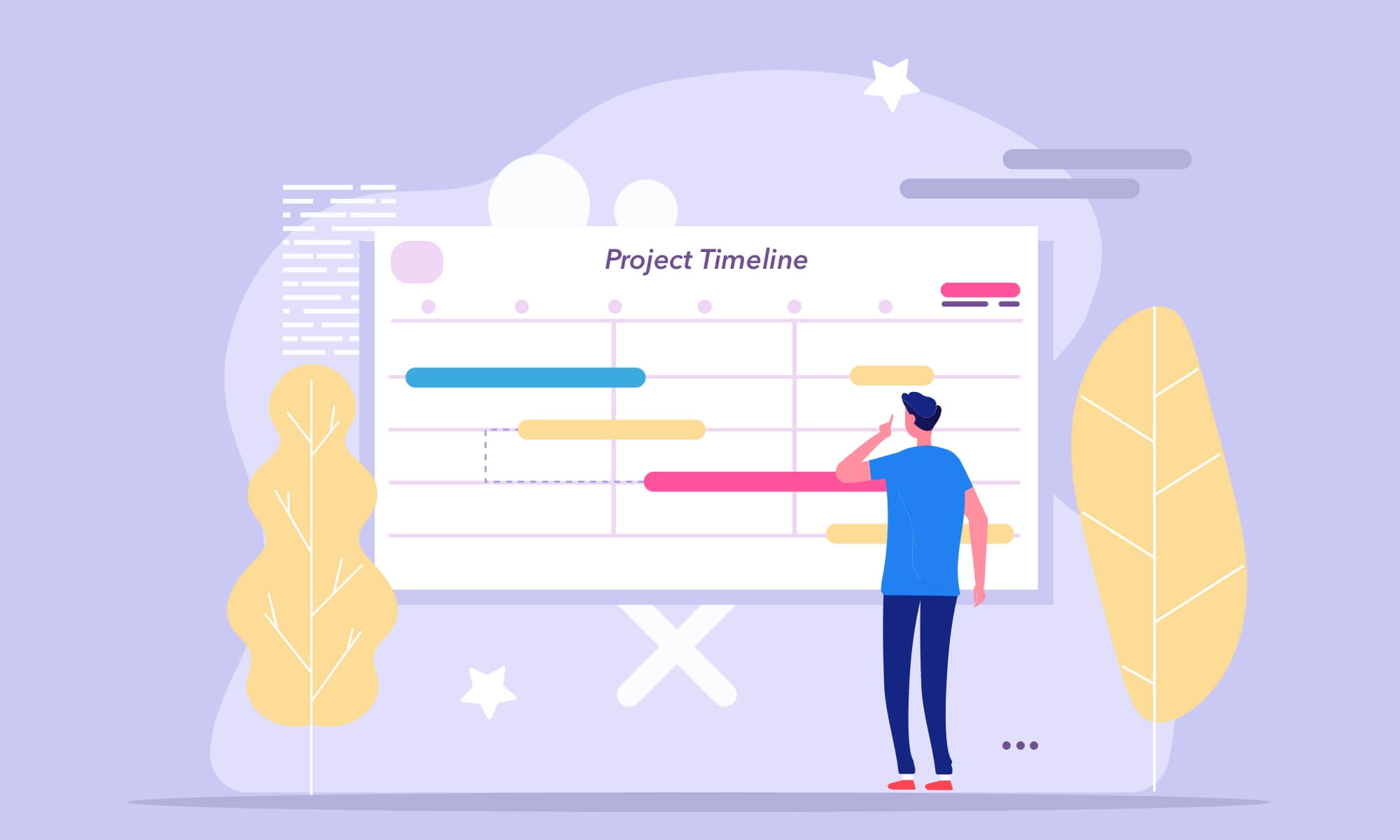Lean Software Tracking Tools

The issue of project management and its aspects is extremely topical for every software development methodology. That can be explained by the fact that improper management may lead any project to failure. Today software developers use various project management applications to handle the process of project management. In this article we will tell you about tools for Lean software tracking. But it is necessary to give the full definition of this notion, before doing that.
Actually, project tracking is only a stage of project management process. It is similar in all software development methodologies. Other two stages are called project planning and project control.
The process of project management begins with the project planning stage. Its main goal is to create a good and realistic plan that defines all actions of the future project and forecasts the terms of product delivery. A plan is a compulsory element of every software development project.
The next stage of the project management life cycle is called project monitoring, or project tracking. It is aimed at detecting all problems with plan implementation during the entire project or its iteration.
After the problems with plan implementation are detected, they are eliminated at the stage of project control. Then the software product is tested to make sure that the changes in plan implementation didn’t impact its functionality.
As you can see, project tracking is not a separate process, but a part of the project management life cycle. It means that there are no special Lean tools for project tracking. However, there are lots of Lean project management applications in modern software market. All of them are capable of performing the project tracking function. Their main functional feature is the ability to visualize the process of project realization. This feature is the most important for Lean project tracking, because various forms of workflow visualization like charts, tables, and diagrams, help the developers detect problems with plan implementation. Additionally, such tools simplify the entire process of Lean project management.
Lean project management applications are usually subdivided into paid and open source tools.
Paid Lean applications have wider functionality. However, most of them are stationary tools. It means that you have to download them to your computer to start using them. Many modern developers consider this feature inconvenient.
Open source Lean project management tools usually have simple and intuitive interface. That is their main advantage that makes them extremely popular.
Some web recourses make Lean project management tools overviews to define the best project management applications. However, we think that it is unnecessary to do that because the selection of a project management tool must depend on the needs of your project. The demands of your customer and the features you want to achieve in your final product are the main factors that should impact your selection.



